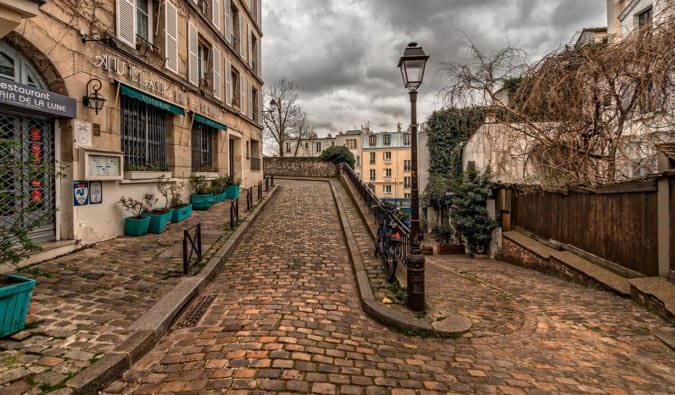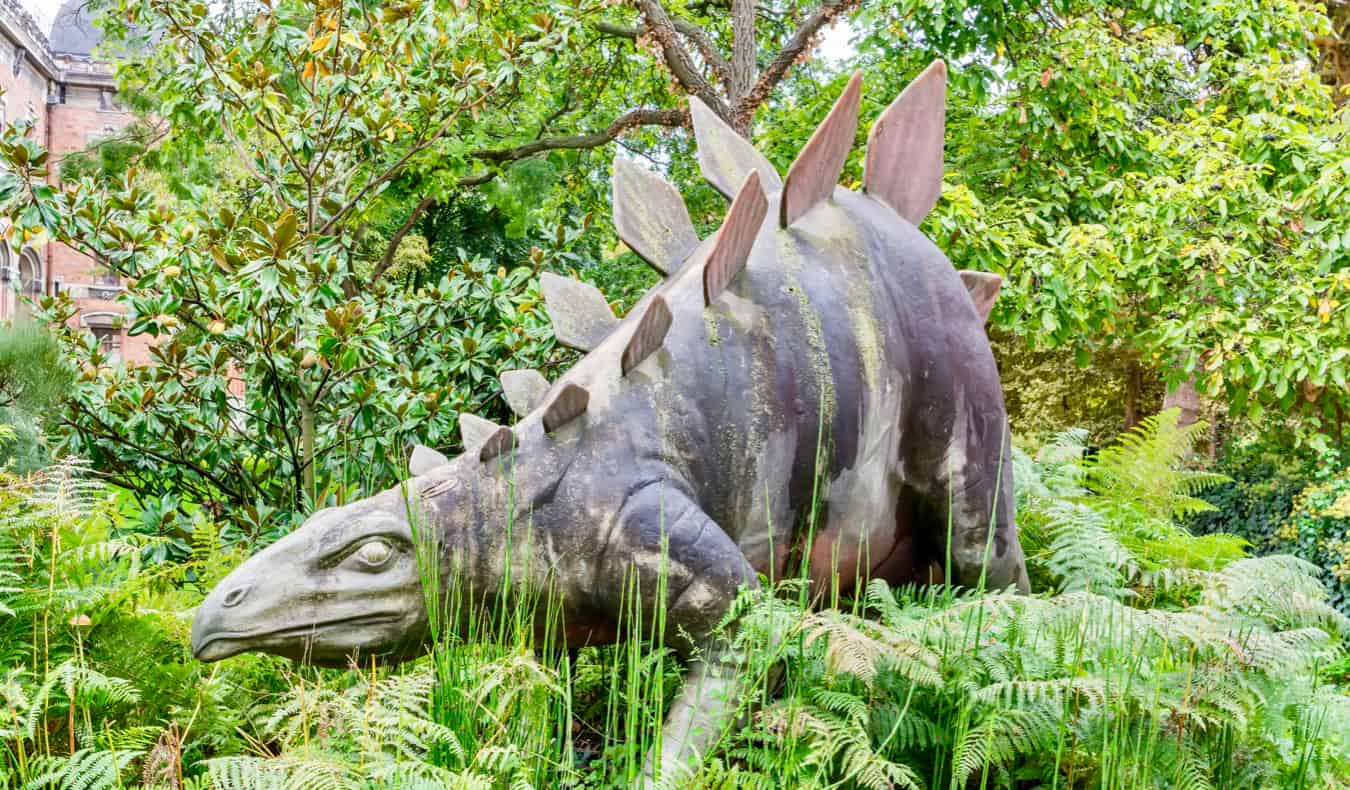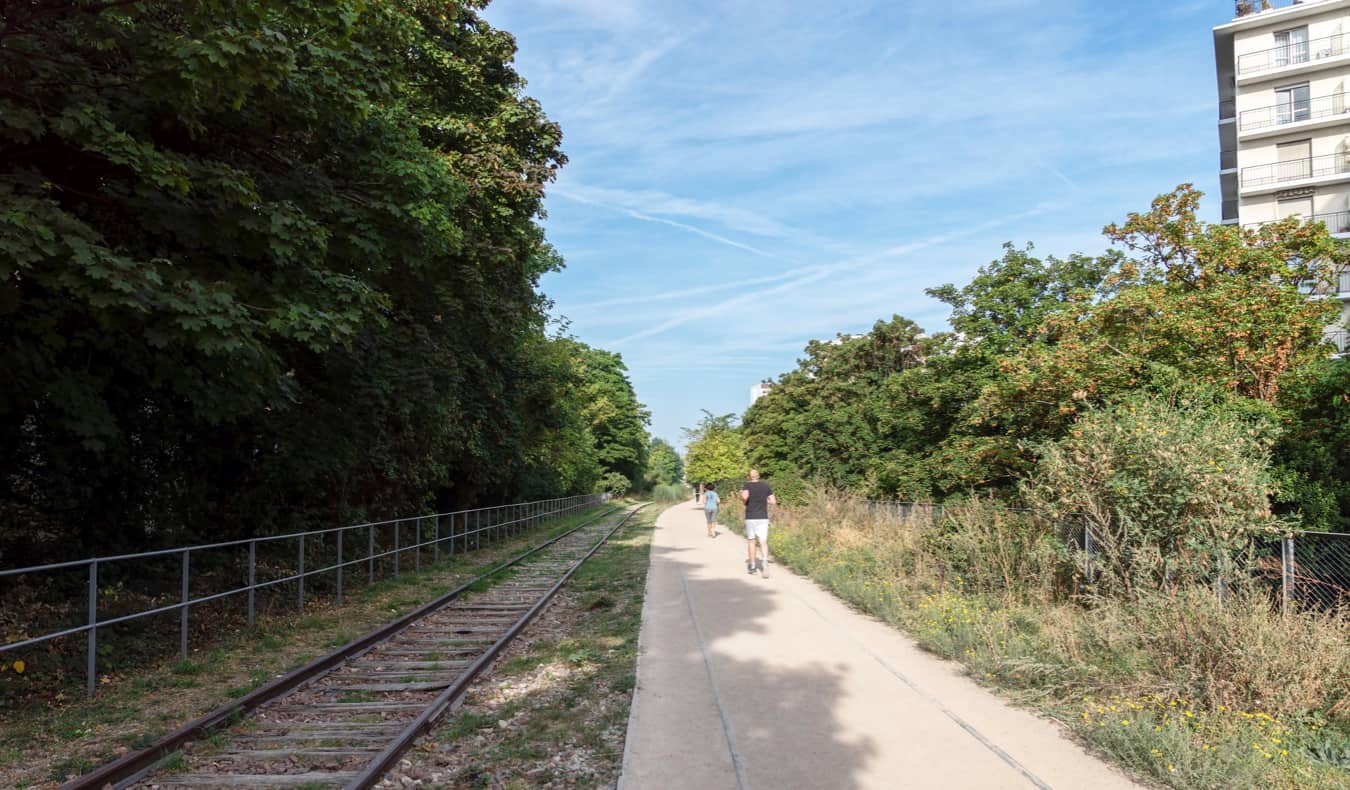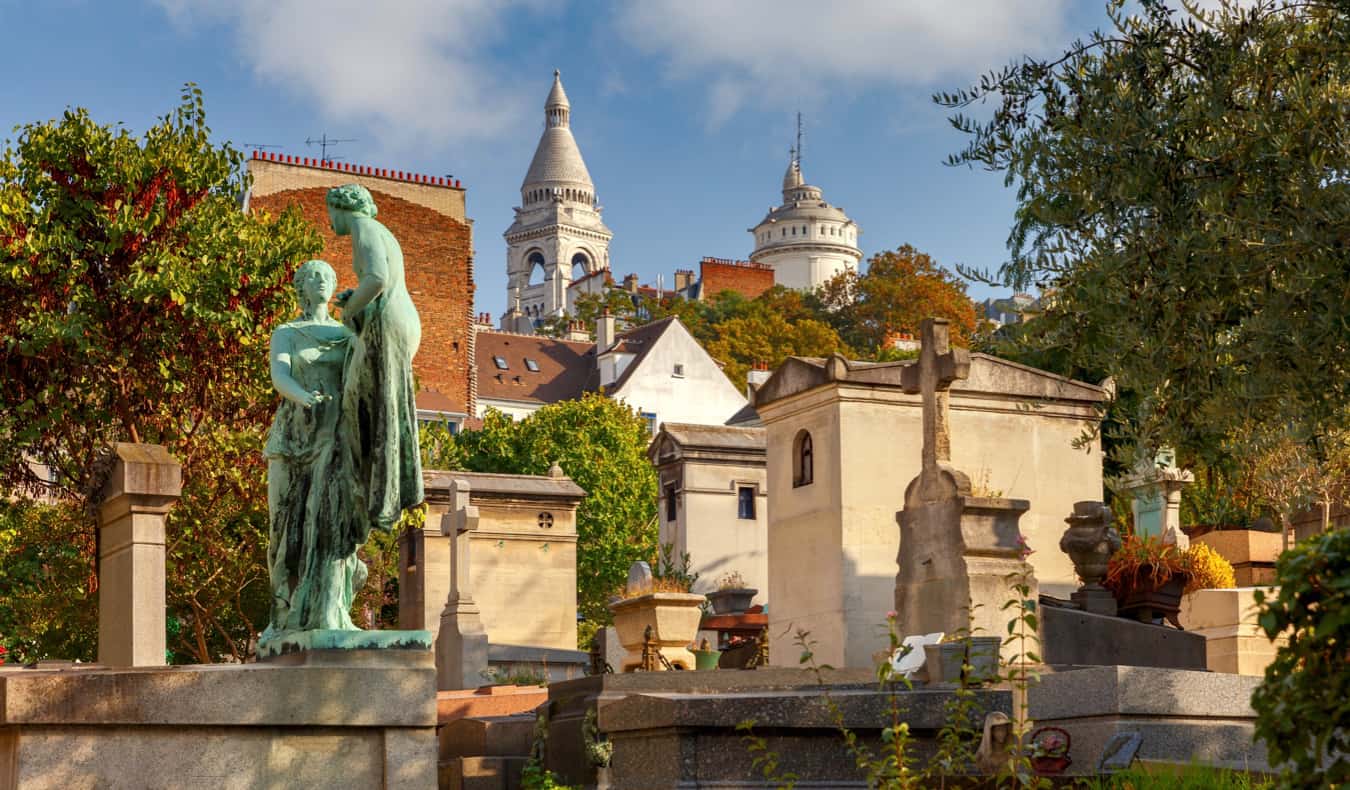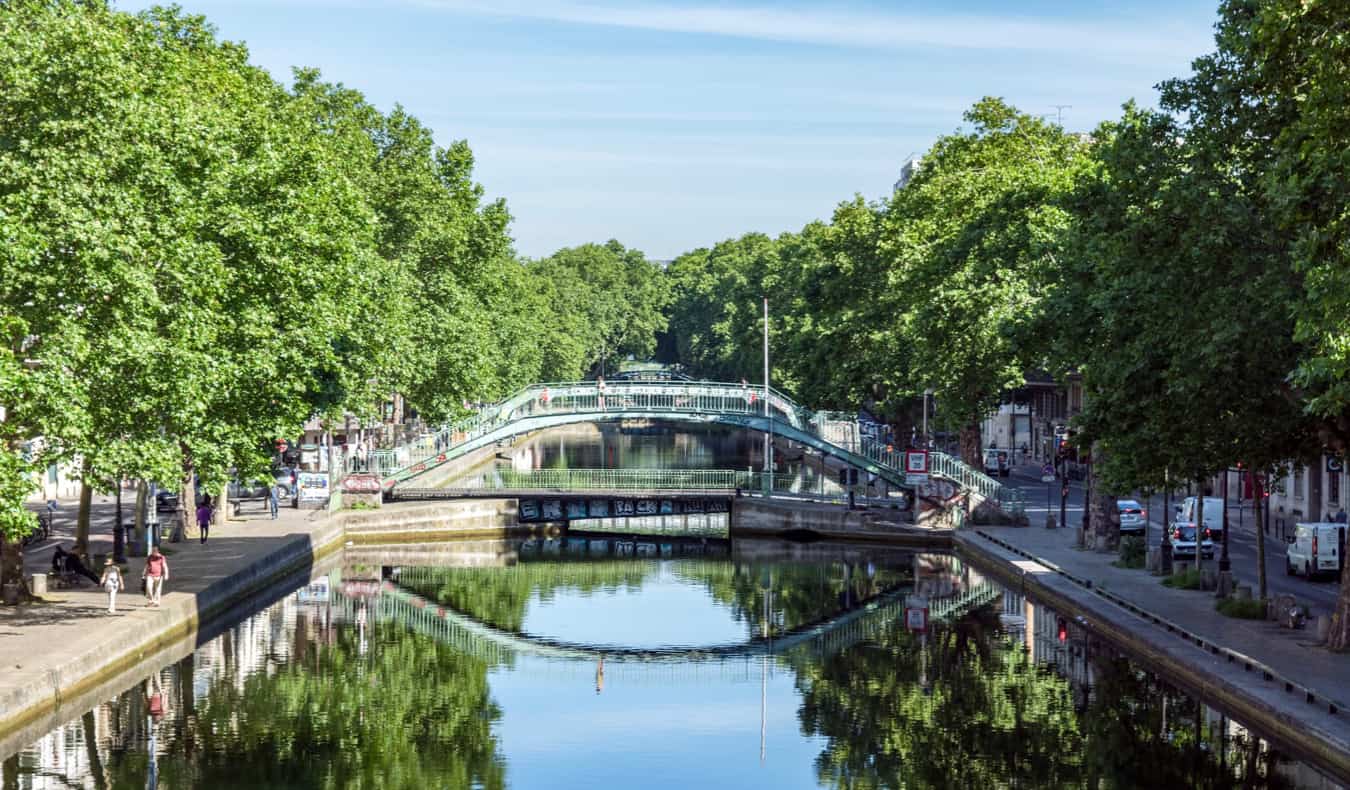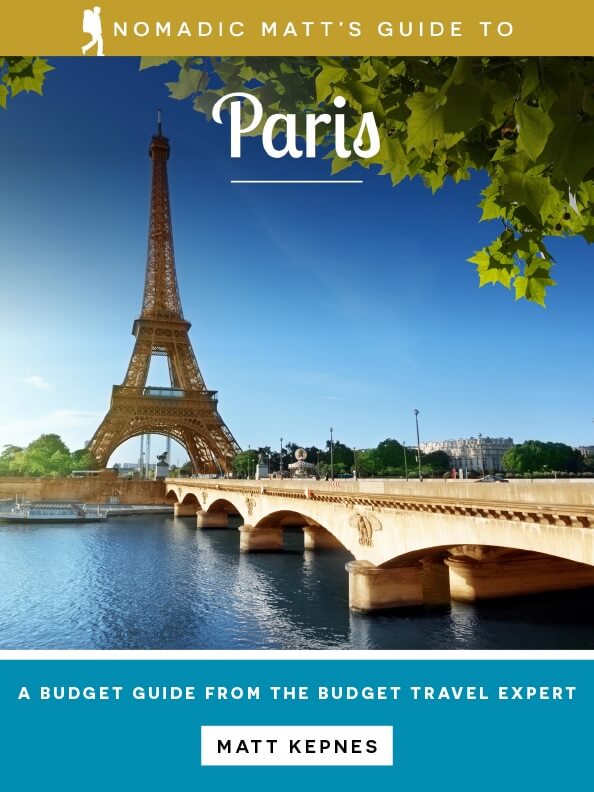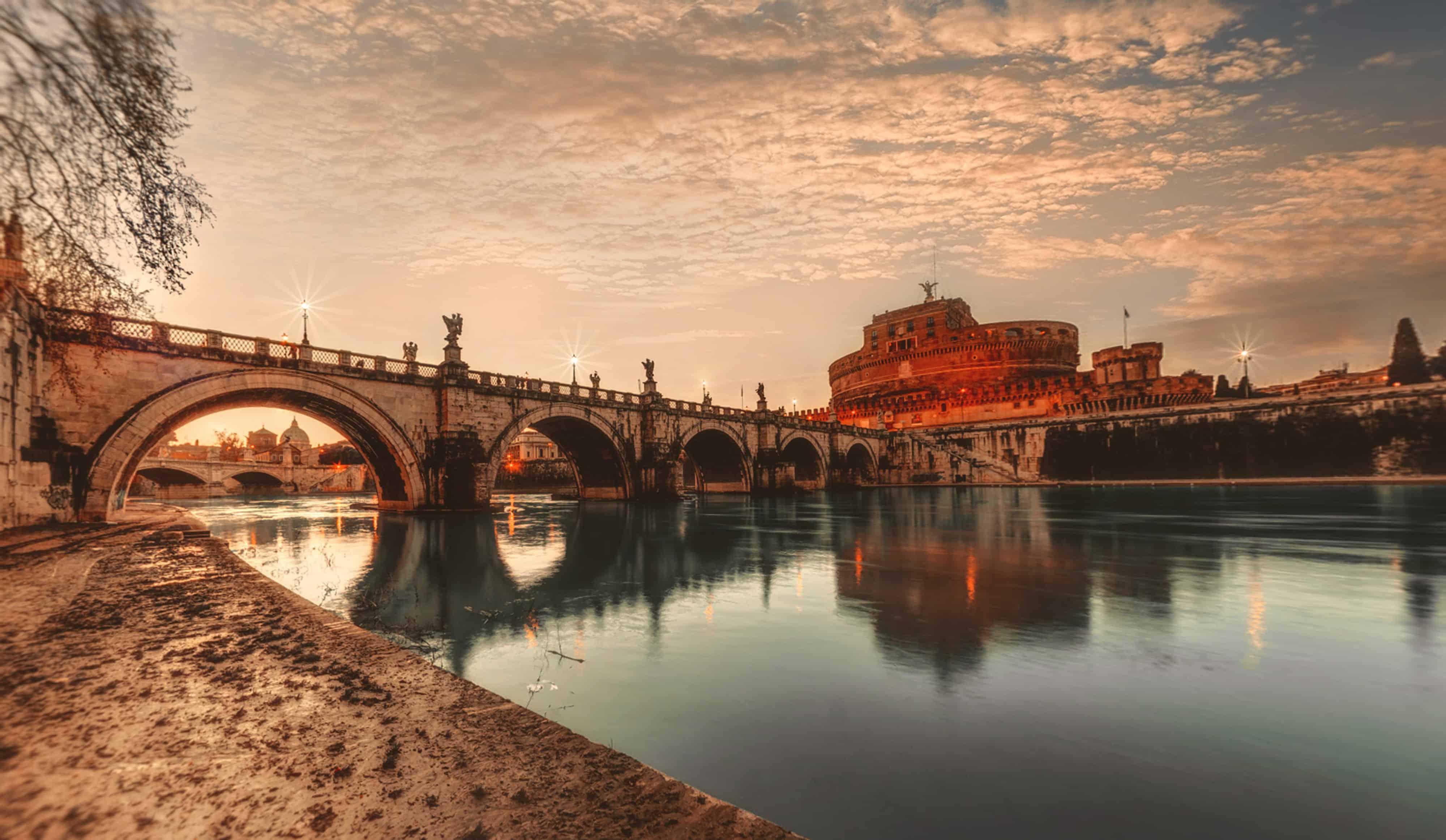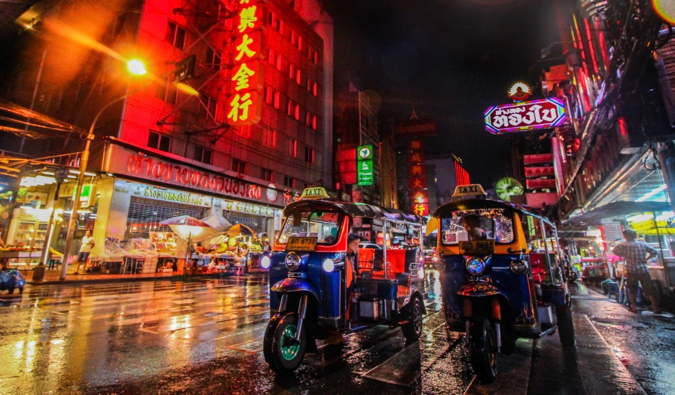
Posted: 7/6/2019 | July 6th, 2019
Central America is one of my favorite regions for backpacking. While it can be challenging to get around, it also offers incredible beauty, abundant nature, picturesque beaches, and affordable prices.
Political upheaval and civil unrest kept tourists at bay for a long time, however. But these days the area has developed into something of a hotspot for travelers, surfers, and retirees.
Why?
Because Central America has something for everyone!
But is it safe?
Yes — but that doesn’t mean you don’t need to take precautions.
In this post, I’ll go over everything you need to know to stay safe and have an amazing trip in this incredibly diverse region!
Table of Contents
- What Countries are in Central America?
- 8 Important Safety Tips for Central America
- What is the Northern Triangle? Is it Safe?
- What is the Safest Country in Central America?
- Is Central America Safe for Solo Travelers?
- Is Central America Safe for Solo Female Travelers?
- Are Taxis Safe in Central America?
- Can You Eat the Street Food in Central America?
- Can You Drink the Water in Central America?
What Countries are in Central America?
There are seven countries in Central America:
Click on the map for country guides:

Central America
8 Important Safety Tips for Central America
While Central America is considered generally safe for traveling and backpacking, there’s no denying that some precautions should be taken.
- Be aware of your surroundings – It can be easy to stop paying attention and let your guard down. But that’s when disaster strikes. Always be aware of your surroundings.
- Avoid isolated areas – If you’re somewhere isolated, you’ll be at a greater risk for getting robbed, especially at night and in big cities. Try to stay where the crowds are. That’s the best way to avoid being singled out by potential muggers.
- Don’t wear flashy items – Petty theft is the most common threat here, so remove any jewelry or watches, and don’t wave your phone around. Do your best to blend in, so you don’t become a target for pickpockets.
- Separate your cash – Keep only the money that you need for the day on you. Keep the rest locked away safely at your accommodation.
- Take taxis at night – If you need to get somewhere at night, take a taxi. It will be safer than any public transportation. Have your accommodation call the taxi for you, so you can be sure you’re getting a reputable driver.
- Be careful on public transit – If you have to take public transit, keep your valuables on you and keep them well secured, especially on chicken buses (colorful, modified, and decorated buses that transport goods and people). Petty theft is common on night buses, so avoid them if you can.
- Don’t do drugs – The cartels here have really made life difficult for the local population. Don’t support them by buying their products. Drug penalties are also harsh in the region, and you don’t want to end up in jail here!
- Buy travel insurance – Travel insurance will keep you protected if you get injured or ill, are a victim of theft, or have to deal with delayed or canceled flights. It’s a worthwhile investment and can save you thousands of dollars. Don’t risk traveling without it!
At the end of the day, you’ll just need to always trust your gut instinct. If a taxi driver seems shady, stop the cab and get out. If your hotel is seedier than you thought and seems unsafe, get out of there and find a new place to stay. You have every right to remove yourself from such situations, so do what you need to do to feel safe.
What is the Northern Triangle? Is it Safe?
The Northern Triangle comprises Guatemala, El Salvador, and Honduras. It’s the region of Central America that traditionally (and currently) has the most crime and violence. This is usually concentrated in the larger cities, and particularly in specific neighborhoods. If you’re going to be in the capital cities of any of these three countries, you’ll want to talk to your hostel or hotel staff for the most up-to-date safety advice.
That being said, if you’re visiting tourist areas or going on nature excursions, then you won’t have any issues here as long as you follow the safety advice above.
What is the Safest Country in Central America?
Costa Rica, which provides safety and stability alongside incredible natural beauty. Of course, prices are also much higher and reflect the country’s status as “the Switzerland of Central America.”
If you’re new to backpacking and want to start off somewhere that offers a good mix of adventure and safety, go for Costa Rica. It was the first country I ever backpacked in, and I absolutely loved it!
In terms of safety, the next best place is Panama. It’s home to a growing community of expats and retirees, which is giving the country an economic boost and making it a bit more gringo friendly. That means you’ll be able to get lots of great tips and suggestions (including specific, local safety tips) from the expat community while still having yourself an adventure.
Coming in strong behind Panama is Belize. It does a great job of balancing safety with plenty of things to see and do!
Is Central America Safe for Solo Travelers?
Central America is quite safe for solo travelers. As long as you avoid isolated areas and don’t travel alone at night, you’ll be able to avoid the most common issues tourists face, such as petty crime.
If you’re worried that you won’t feel safe, try to join a group of other travelers or invite people from your hostel to join you when you go out. That way, you’ll be able to feel safe while also getting to connect with other people.
As a solo traveler, be sure to scan your passport and other important documents and email them to yourself in case you do happen to run into trouble.
Additionally, be sure to download offline maps and offline language apps so you can look up directions if you get lost or communicate with the locals in an emergency. If you can, try to learn some Spanish before you go too. Even a few key phrases can go a long way!
Is Central America Safe for Solo Female Travelers in Particular?
Solo female travelers will need to be more on guard during their time in Central America. Costa Rica, Panama, and Belize are the safest countries in the region. If you’re new solo female travel, stick to these countries.
Outside of those three countries, I’d suggest new solo female travelers stick to group travel or tours, just to be safe. However, experienced solo female travelers should be able to navigate the region without too much additional concern.
Women should be extra careful in large cities, though, especially at night. Beyond that, as long as you follow the usual precautions, you’ll be able to have an amazing time!
Are Taxis Safe in Central America?
The taxis in Central America are safe and reliable, though you’ll always want to make sure you’re getting in marked taxi. Never get in an unmarked car.
During the day, you can hail a taxi from the street safely, but you’ll want to be aware of the local custom, as some countries’ taxis use meters and others require you to negotiate a price in advance.
If taking a taxi at night, have your accommodation call it for you. Never hail a random taxi at night.
Can You Eat the Street Food in Central America?
You bet you can! You’ll find all sorts of amazing street food stands and local restaurants in Central America, and you’d be missing out if you didn’t try them! Just make sure to stick to places where there are a lot of locals gathered. That’s how you know the food is not only safe but delicious too!
For the most part, you’ll encounter places that sell various kinds of chicken. As long as it is fully cooked (not pink on the inside) and hasn’t been in the sun all day, dive in and give it a try! A lot of food here will also be deep-fried, which will almost always be safe (just not healthy).
Don’t hesitate to ask your hotel or hostel staff for street food or restaurant suggestions. They’ll no doubt have some delicious — and perfectly safe — ones for you.
Can You Drink the Water in Central America?
As a general ruled you’ll want to avoid the tap water in Central America, although it’s likely fine in Costa Rica and Panama.
The best way to make sure your drinking water is safe is to bring a Steripen or Lifestraw for your reusable water bottle. This way you’ll be able to purify the tap water so you don’t get sick — and avoiding single-use plastic bottles in the process.
With so many affordable accommodation and transportation options, stunning landscapes, plentiful outdoor adventures, and beautiful beaches, it should come as no surprise that Central America is one of the most backpacked regions of the world.
Sure, it might get a bad rap due to its violent history and economic struggles, but that doesn’t mean it’s categorically unsafe. By following the tips above, you’ll be able to stay safe and healthy during your next visit!
P.S. – Did you know I wrote a new book? It’s called “Ten Years a Nomad” and it’s all about the lessons I’ve learned from a life of travel. It features tons of stories and misadventures I’ve never told on this blog as well! It comes out July 16th! Click here to learn more and grab your copy today! (I’ll be going on a book tour too!)
Book Your Trip to Central America: Logistical Tips and Tricks
Book Your Flight
Find a cheap flight by using Skyscanner or Momondo. They are my two favorite search engines because they search websites and airlines around the globe so you always know no stone is left unturned.
Book Your Accommodation
To find the best budget accommodation, use Booking.com as they consistently return the cheapest rates for guesthouses and cheap hotels. You can book your hostel with Hostelworld as they have the most comprehensive inventory. Some of my favorite places to stay in Costa Rica:
- Dirty McNasty (Caye Caulker, Belize) – This is one of the biggest hostels in the country and a hub for party-goers. If you’re looking to let loose, this is the hostel for you!
- Rocking J’s (Puerto Viejo, Costa Rica) – This an institution in Central America. The hostel has been there for ages and there’s a beautiful white sand beach in front of it. They have nightly BBQs.
- The Naken Tiger (San Juan del Sur, Nicaragua) – Located in San Juan del Sur, the Naked Tiger is an incredible property nestled a bit far out of town but on top of a hill with a beautiful view of the entire area.
Don’t Forget Travel Insurance
Travel insurance will protect you against illness, injury, theft, and cancellations. It’s comprehensive protection in case anything goes wrong. I never go on a trip without it as I’ve had to use it many times in the past. I’ve been using World Nomads for ten years. My favorite companies that offer the best service and value are:
- World Nomads (for everyone below 70)
- Insure My Trip (for those over 70)
Looking for the best companies to save money with?
Check out my resource page for the best companies to use when you travel! I list all the ones I use to save money when I travel – and I think will help you too!
Want More Information on Central America?
Be sure to visit our robust destination guide on Central America for even more planning tips!
The post Is Central America Safe to Visit? appeared first on Nomadic Matt's Travel Site.
